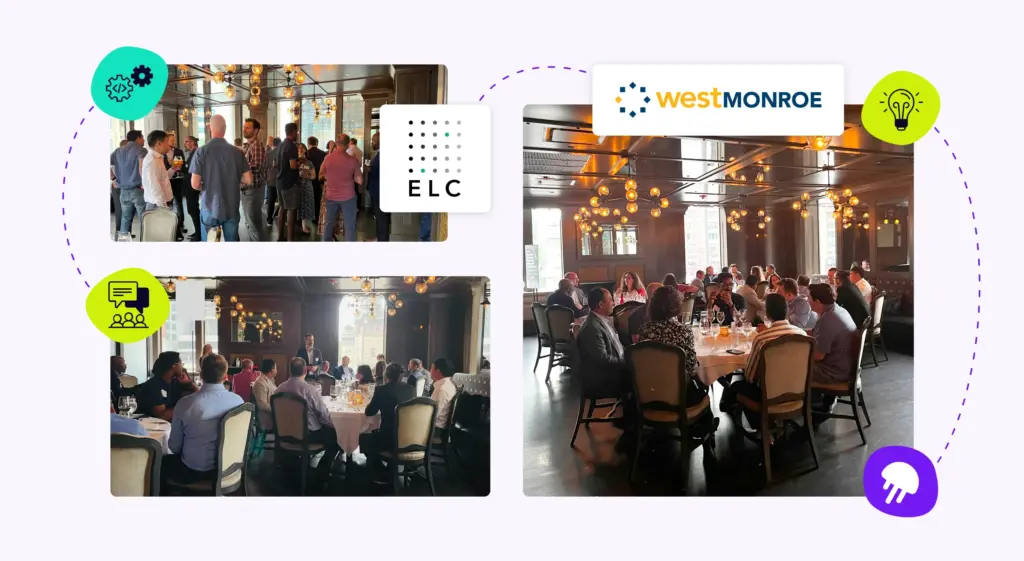What is SDLC?
The Software Development Life Cycle (SDLC) is a systematic process that development teams use to create, maintain, and enhance software and applications. This process helps developers effectively manage their projects and ensure the timely delivery of high-quality products. Through its various stages, the SDLC ensures that the final software product meets or exceeds customer expectations, which is crucial for achieving overall project success.
The software development life cycle stages may vary depending on the specific processes adopted by an organization. However, most SDLC models include these five major phases:
- Planning and analysis
- Design
- Development or coding
- Testing or quality assurance (QA)
- Implementation or deployment
These five phases of the system development life cycle ensure that each step adds value to projects without compromising on quality standards.
Planning and Analysis
During the planning and analysis phase of the software development life cycle, stakeholders gather the requirements necessary to build a system. Business analysts work closely with clients to identify their needs while considering feasibility studies, risk assessments, cost estimates, resource allocation plans, as well as the technology required to accomplish project goals.
Design
Next comes the design phase where architects transform the information gathered during planning into technical specifications that outline how a system will be built. This stage includes determining programming languages to be used along with other hardware and software components essential for implementing applications.
Development or Coding
Then it’s time for the actual development or coding phase where developers start writing code based on detailed designs they prepared earlier. Programmers adhere to best coding practices by following guidelines set forth by the organization and employing appropriate coding standards and conventions.
Testing
The testing phase enforces quality assurance measures to validate that software meets pre-defined functional, performance, and security requirements. Testers evaluate the application and report any defects or discrepancies. This stage is crucial for identifying potential issues early on, which helps prevent costly work later in the SDLC.
Implementation or Deployment
Finally, the implementation or deployment phase marks the completion of the software development life cycle as developed applications are released into production environments for end users to utilize. Post-deployment activities include monitoring system performance, addressing user feedback, and implementing enhancements or fixing bugs identified after launch.
In conclusion, understanding and effectively implementing the Software Development Life Cycle is vital for organizations striving to create high-quality products while utilizing resources. Through the integration of DevOps practices across the phases of the system development life cycle, teams can achieve enhanced collaboration and seamless workflows, resulting in robust software solutions that cater to ever-evolving customer demands.
Software Development Methodologies
Software development methodologies are the frameworks and processes used by software developers to create, design, build, test, and deploy high-quality software applications. These methodologies are essential for delivering timely and efficient software solutions that meet the requirements of clients and end-users. There are several different methodologies available to software developers, each with its own set of principles, practices, and processes that guide the development lifecycle.
There are various software development process models that organizations can adopt depending on their specific needs and project context. Some common models include:
- Waterfall Model: A linear model where each phase is completed before moving on to the next one
- Agile: a flexible and iterative approach to project management and software development that emphasizes collaboration, adaptability, and customer feedback to deliver value incrementally.
- Spiral Model: Combines elements of both waterfall and iterative models by emphasizing risk analysis throughout the project lifecycle
- V-Model: A variation of the waterfall method that emphasizes parallelism between validation (testing) activities at each stage
- Scrum: An agile framework focused on time-boxed iterations (sprints), daily stand-up meetings (scrums), sprint reviews/retrospectives, and a prioritized product backlog managed by a Product Owner
The SDLC (Software Development Life Cycle) methods refer to various approaches employed in designing, developing, deploying, maintaining, and replacing software systems over their life spans. Each SDLC method has its own set of phases, activities, tools, and techniques that help ensure software quality and delivery on time and within budget. Some SDLC methods include agile, waterfall, spiral, prototyping, iterative development, and DevOps.
Software development methodologies play a pivotal role in streamlining the process of creating high-quality applications that meet user needs effectively. By selecting an appropriate methodology — such as an agile software development methodology — developers can foster better collaboration among team members while ensuring continuous improvement through iterative cycles. This results in faster delivery times with fewer defects than traditional waterfall processes.
Challenges in SDLC
Challenges in the Software Development Life Cycle are numerous and varied. Organizations and developers face multiple obstacles when attempting to create, maintain, or improve software applications. These challenges include issues related to:
- Software development budgeting
- Software cycle time
- Software scalability
- SDLC documentation
- Software project management
When it comes to software development budgeting, one of the most common challenges is accurately estimating the cost of a project. This might be due to unforeseen complications that arise during development. Failing to allocate sufficient resources to a project can result in unfinished software or a low-quality application that doesn’t meet user expectations.
Similarly, managing the software cycle time ensures timely delivery and efficient resource utilization. Delays in any phase of the SDLC can have effects on other phases as well as on overall project timelines. Developers must closely monitor deadlines and manage potential bottlenecks while maintaining high productivity levels and collaboration among team members.
Another essential aspect of software development is ensuring its scalability. As a program grows in size or complexity — or responds to increased user demand — it should be designed with the ability to scale up without a significant decline in performance or functionality. Achieving this requires careful planning during the architecture design stage and ongoing optimization throughout development.
Proper SDLC documentation plays a critical role in guiding developers through each step of the process while also providing a historical account that can influence future decisions. Yet many organizations fall short in this area and struggle to prioritize comprehensive documentation when meeting tight deadlines. This can lead to confusion among team members, decreased productivity, and an increased likelihood of errors.
Lastly, effective software project management is essential for navigating the many challenges presented throughout the SDLC. A skilled project manager must balance competing priorities and interests across different stakeholders — including clients, internal teams, and third-party vendors — while adhering to strict timelines and budgets. The ability to coordinate resources, communicate effectively with diverse groups of people, and adapt quickly to changing circumstances is essential for successful software project management.






